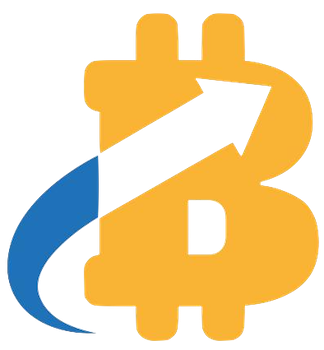The cryptocurrency landscape has notoriously been fraught with obstacles, especially for newcomers who often misplace their digital assets. Coinbase’s recent expansion of its self-service asset recovery tool to include Solana’s SPL tokens represents a significant step towards alleviating these frustrations. For many, the fear of losing funds due to user error has long loomed large. By enabling users to reclaim unsupported tokens mistakenly sent to Coinbase addresses, the company is transforming how individuals approach asset management. No longer is a support ticket necessary, making the process significantly more user-friendly. This reflects a progressive move towards empowering users but also raises questions about accountability in the digital currency space.
The Financial Implications
Yet, while exciting, the expanded service isn’t without its hiccups. Users must tread carefully, as not all SPL tokens qualify for recovery. Coinbase advises verifying the eligibility of assets beforehand—wise counsel for sure, but it underscores an inherent risk. If a user attempts to recover an unsupported asset, their funds may remain forever unclaimed. This leads to a rather paradoxical situation where the very tool designed to provide relief could simultaneously exacerbate anxiety among users. Additionally, there is a 5% fee on recoveries exceeding $100, which introduces an implicit cost to what should be a basic service. Are we rewarding the convenience of self-service at the price of financial accessibility?
A History of Recovery Challenges
Before the introduction of such recovery features, users had no safety net for erroneous transactions. At the time, Coinbase, like many exchanges, lacked access to the private keys imperative for reversing transactions—creating a sense of helplessness. The original rollout for ERC-20 tokens offered some respite, with nearly 4,000 assets recovered since then. However, the sheer number of unsupported tokens has made it clear that this problem is not going away soon. The question remains: will the rapid advancements in asset recovery tools keep pace with the growing complexity of blockchain networks?
Can We Trust This New System?
Consistent with Coinbase’s self-service ethos, the recovery tool’s design promotes independence. However, it also places the onus on the user to verify the authenticity and security of recovered assets. This facet feels akin to asking someone to take a leap of faith, and therein lies the potential for disaster. Cryptocurrency is renowned for its volatility, and the specter of scams often lurks at every digital corner. The inability to guarantee every lost token can be recovered adds another layer of skepticism. For users, especially those who might feel disenfranchised after previous losses, giving up control to a self-service tool can evoke feelings of both optimism and trepidation.
Looking Forward: A Shifting Paradigm
Coinbase is indicating that this recovery initiative might one day include even more token types across a diverse range of networks. The strategy aligns with a broader movement in the crypto industry—shifting the narrative from complicated, centralized recovery mechanisms towards user-oriented empowerment. As the exchange endeavors to simplify asset recovery, it stands at a crossroads of innovation and responsibility. Whether Coinbase can navigate these complexities remains to be seen; however, it’s a compelling development in the evolving narrative of digital asset management.



















Leave a Reply